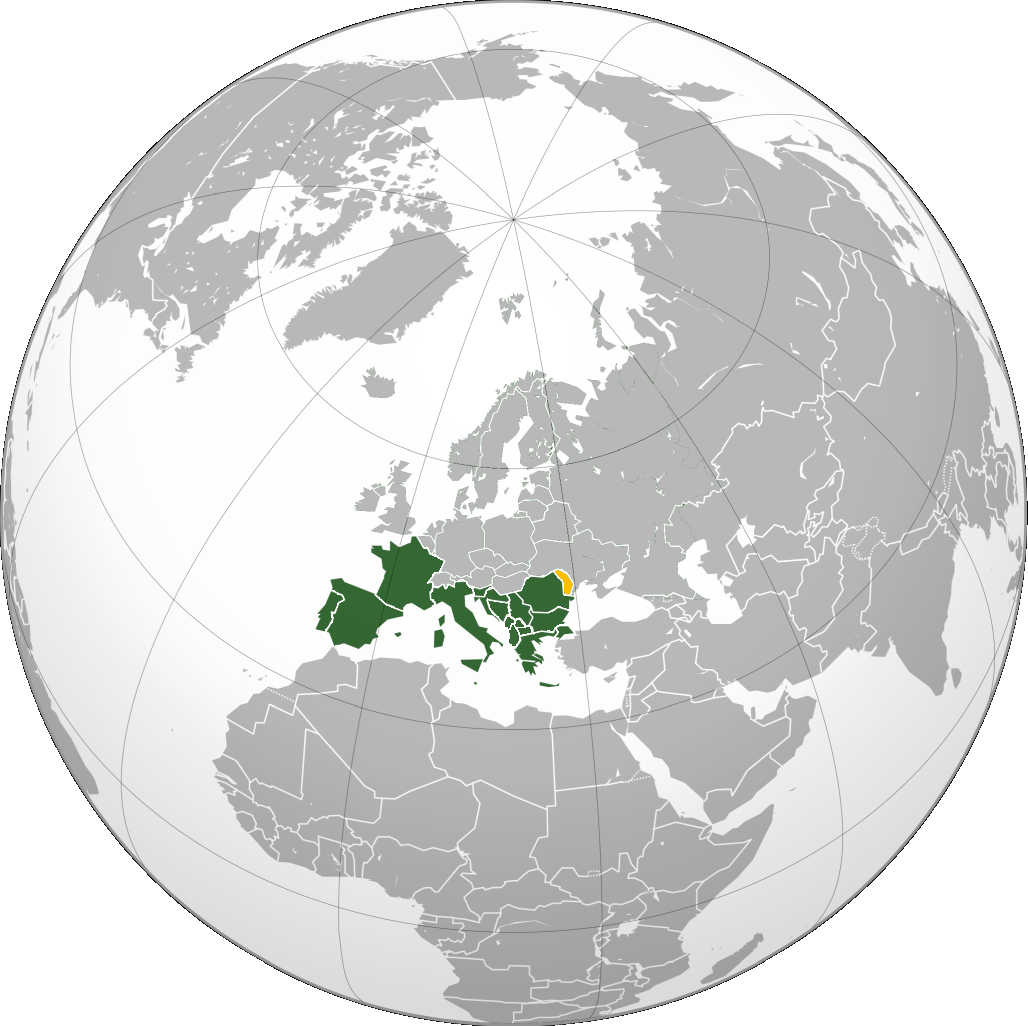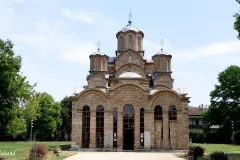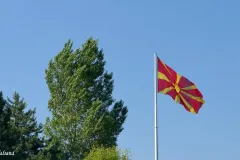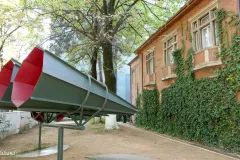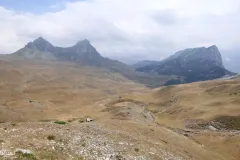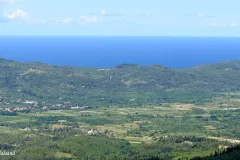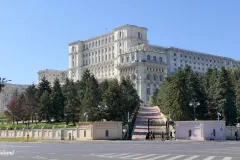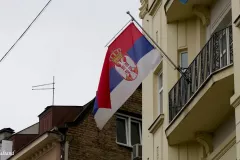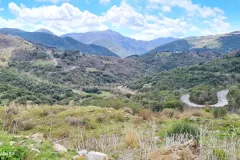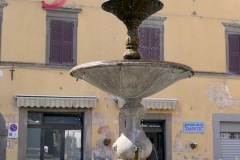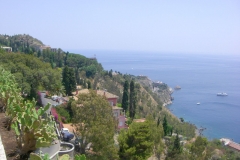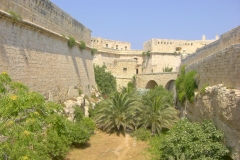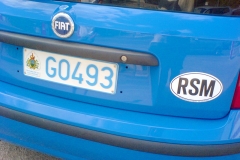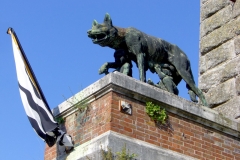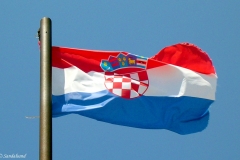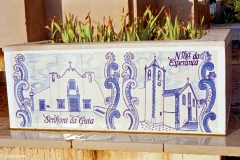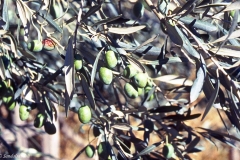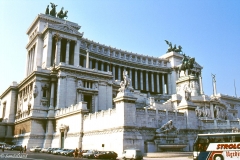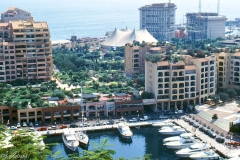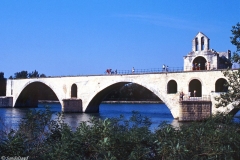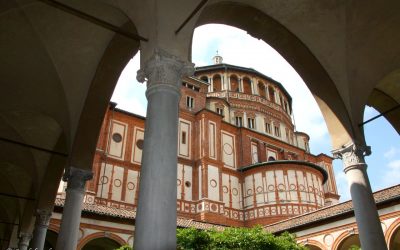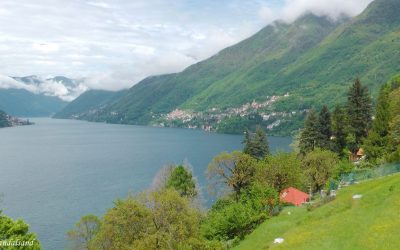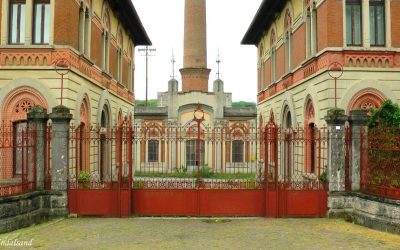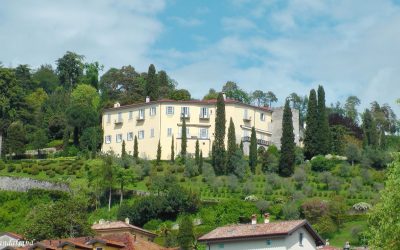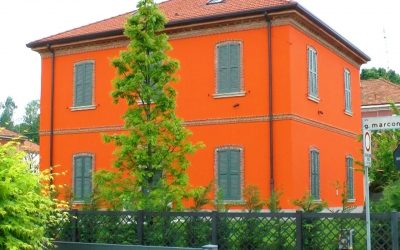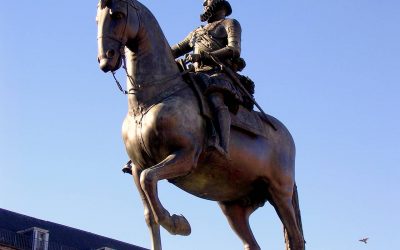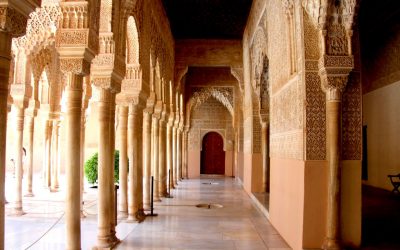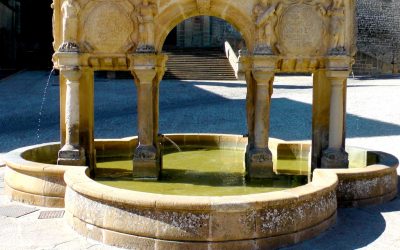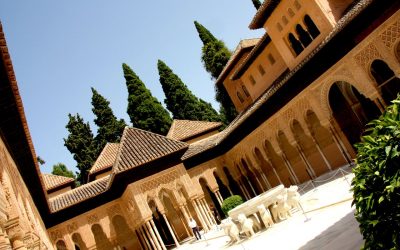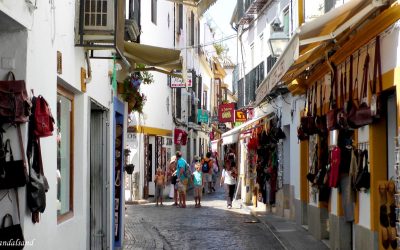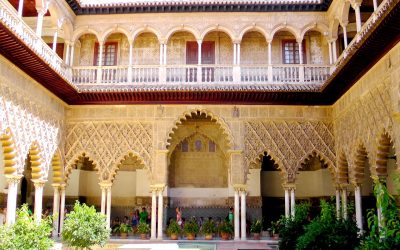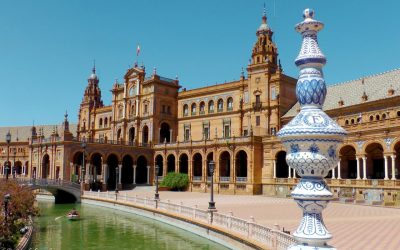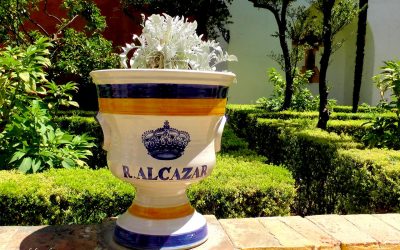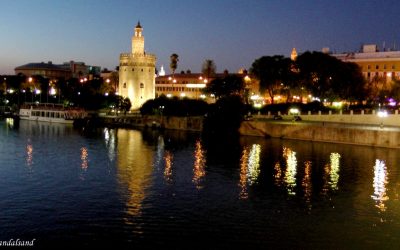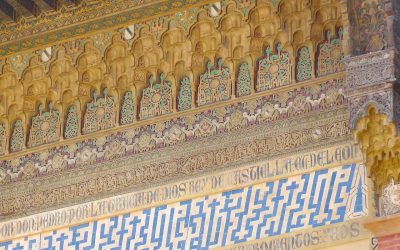Intro
Countries
Photos
Blog
Facts
Overall impressions
We were astonished and very tempted to buy whatever we could. Unfortunately, our means of transportation rendered that temptation unfeasible.
Italy is in itself one giant antiquity market, in my view. The country had its two historic heydays during the Roman Empire and the Renaissance, a millennium apart. In between those periods and ever since, the country has dwindled into not much more than showing off the remains of its past. Tourists flock in to admire the Coliseum and the Sistine Chapel, the two most known buildings of those two eras.
Sad to say that goes for much of the rest of Southern Europe as well. I am quite pessimistic for the future of this large and varied region (and for the rest of Europe as well). It seems to be splitting apart once more, promoting self-interests and losing in the global competition like the rest of the old world. On the other hand, I find this famous quote quite illustrative in an amusing yet informative way.
In Italy, for 30 years under the Borgias, they had warfare, terror, murder and bloodshed, but they produced Michelangelo, Leonardo da Vinci and the Renaissance. In Switzerland they had brotherly love, they had 500 years of democracy and peace – and what did that produce? The cuckoo clock.” (Orson Welles)
Countries
Albania | Andorra | Bosnia and Herzegovina | Bulgaria | Croatia | France | Greece | Italy | Kosovo | Malta | Moldova | Monaco | Montenegro | North Macedonia | Portugal | San Marino | Romania | Serbia | Slovenia | Spain | Vatican (Holy See)
I have made it to 19 independent countries out of 21. Click the links above to view all articles from a particular country.
My definition of Southern Europe are the countries adjacent to the Mediterranean Sea and on the west coast of the Black Sea. Give or take a few for practical purposes. Portugal borders for instance the Atlantic. Cyprus is politically and culturally also part of this region, but I have chosen to group it where it belongs geographically, as part of what I have called the Middle East and Africa.
Kosovo is not universally accepted as an autonomous country, and has not been allowed membership of the United Nations. The Vatican is recognised by other countries, but it has preferred to stay outside the UN.
This is a map of the region and Sandalsand’s visited and non-visited countries.
Photo galleries
Open the box to view a multitude of picture galleries from Sandalsand’s travels in this region.
Click to show or hide
For the best experience, open a picture gallery in a new tab or window.
Posts from Southern Europe
World Heritage #0093 – The Last Supper
The world's second most famous painting, The Last Supper, was made by a universal genius. This gem hides inside a convent in Milan. The UNESCO World...
VIDEO – Italy – Lake Como
This is a video from Lake Como (or Lago di Como). Some say it is the most beautiful of the northern Italian lakes. We visited the town of Como and...
VIDEO – Italy – Crespi d’Adda
This is a video from Crespi d'Adda, an outstanding example of the 19th- and early 20th-century 'company towns'. Such towns were built in Europe and...
The Lakes Region north of Milano
We went on a football trip to Milan's San Siro stadium and started with complementary visits to the beautiful Lakes Region. We first went to Lago di...
World Heritage #0730 – Crespi d’Adda
There are not many factory towns on the UNESCO list, and Crespi d'Adda in northern Italy is a fascinating one. The UNESCO World Heritage List...
Pictures from Spain
This is a collection of Sandalsand's pictures from Spain, the result of trips to different parts of the country. If you look up my articles from...
A dream became true – visiting Granada
Days 8 to 15 in a road trip in Andalusia were mostly spent in Granada. I also made a day-trip to the Renaissance towns of Baeza and Úbeda inland and...
World Heritage #0522 – Úbeda and Baeza
The two towns of Úbeda and Baeza were defining centres in the birth of the Spanish renaissance in the 16th century. The UNESCO World Heritage List...
VIDEO – Spain – Baeza
This video from Baeza shows some examples of why it is a World Heritage Site. Along with neighbouring town of Úbeda it has earned a reputation of...
VIDEO – Spain – Granada – Alhambra
This is a video from the Alhambra and Generalife, two palace complexes in Granada which date back to the time of the Moorish rule of Spain....
VIDEO – Spain – Granada – Albaicín
This video is from Albaicín, the old Arab district of Granada. It is part of the World Heritage Site in this old city in present-day Spain....
World Heritage #0314 – Granada
The Moors left their marks on southern Spain. Alhambra, Generalife and Albayzín in Granada is both mythical and real. The UNESCO World Heritage List...
World Heritage #0313 – Historic Centre of Córdoba
The Historic Centre of Córdoba is amazing. Thanks to the Arabs sweeping across North Africa and taking control of large parts of the Iberian...
VIDEO – Spain – Cordoba – La Mezquita-Catedral
This video is from La Mezquita-Catedral in Córdoba, the combined (originally) Muslim mosque and (later) Christian cathedral. It is part of the...
VIDEO – Spain – Córdoba – Jardines del Alcázar
This video is from the Jardines del Alcázar, or the palace gardens of Alcázar de los Reyes Cristianos. It is part of the "Historic Centre of...
Whitewashed buildings in the intense heat of Córdoba
We visited Córdoba on Day 7 of our road trip in Andalusia. This day we were on the move from Seville to Granada and stopped for a few hours in...
Sevilla – one of the world’s most important cities
Days 5 and 6 of our Andalusia road trip were spent in Sevilla (Seville), previously and today one of the world's most important cities. This is #5...
VIDEO – Spain – Sevilla – Plaza de España
This video is from the Plaza de España in Seville (Sevilla). It was built as the Spanish pavilion for the Ibero-American Exposition of 1929. It is a...
VIDEO – Spain – Sevilla – Real Alcázar
This is a video from Real Alcázar, the royal palace in Seville (Sevilla). It is on the World Heritage List. "Cathedral, Alcázar and Archivo de...
VIDEO – Spain – Sevilla
This video from Sevilla (Seville) is from a sightseeing tour of various parts of the historic centre, starting with the cathedral. "Cathedral,...
World Heritage #0383 – Seville
The World Heritage site of Seville is about a Spanish city which was and is one of the world's most important cities. The UNESCO World Heritage List...
A day trip to Tangier from Spain
On this Day 4 of a road trip in Andalusia we went on a daytrip from Jerez to Tarifa and across the Strait of Gibraltar to Tangier, Morocco. The...
VIDEO – Gibraltar
This video is from Gibraltar. Gibraltar is a British overseas territory on the southern tip of the Iberian Peninsula. It is dominated in every way...
The road trip from Ronda to Gibraltar and Jerez
This is the story from a road trip in Andalusia. On Day 3 we took the mountain road from Ronda down to Gibraltar and continued across the lowlands...
A fact sheet
This is Wikipedia’s introduction to Europe as a whole.
Map and numbers
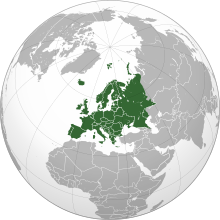
- Area: 10,180,000 km2
- Population: 741,447,158 (2016)
- Population density: 72.9/km2
- Nominal GDP: $20.2 trillion (2017)
- PPP GDP: $26.7 trillion (2017)
- Per capita GDP: $27,330 (2017)
- HDI: 0.845
- Countries: 50 sovereign states, one observer, 6 with limited recognition
- Dependencies: 6 dependencies
Geography
Europe is a continent located entirely in the Northern Hemisphere and mostly in the Eastern Hemisphere. It is bordered by the Arctic Ocean to the north, the Atlantic Ocean to the west and the Mediterranean Sea to the south. It comprises the westernmost part of Eurasia.
Since around 1850, Europe is most commonly considered as separated from Asia by the watershed divides of the Ural and Caucasus Mountains, the Ural River, the Caspian and Black Seas and the waterways of the Turkish Straits. Though the term “continent” implies physical geography, the land border is somewhat arbitrary and has moved since its first conception in classical antiquity. The division of Eurasia into two continents reflects East-West cultural, linguistic and ethnic differences, some of which vary on a spectrum rather than with a sharp dividing line. The border does not follow political boundaries, with Turkey and Russia being transcontinental countries.
Europe covers about 10,180,000 square kilometres, or 2% of the Earth’s surface (6.8% of land area). Politically, Europe is divided into about fifty sovereign states of which the Russian Federation is the largest and most populous, spanning 39% of the continent and comprising 15% of its population. Europe had a total population of about 741 million (about 11% of the world population) as of 2016. The European climate is largely affected by warm Atlantic currents that temper winters and summers on much of the continent, even at latitudes along which the climate in Asia and North America is severe. Further from the sea, seasonal differences are more noticeable than close to the coast.
History
Europe, in particular ancient Greece, was the birthplace of Western civilization. The fall of the Western Roman Empire in 476 AD and the subsequent Migration Period marked the end of ancient history and the beginning of the Middle Ages. Renaissance humanism, exploration, art and science led to the modern era. From the Age of Discovery onwards, Europe played a predominant role in global affairs. Between the 16th and 20th centuries, European powers controlled at various times the Americas, almost all of Africa and Oceania and the majority of Asia.
The Age of Enlightenment, the subsequent French Revolution and the Napoleonic Wars shaped the continent culturally, politically and economically from the end of the 17th century till the first half of the 19th century. The Industrial Revolution gave rise to radical economic, cultural and social change in Western Europe and eventually the wider world. Both world wars took place for the most part in Europe, contributing to a decline in Western European dominance in world affairs by the mid-20th century as the Soviet Union and the United States took prominence. During the Cold War, Europe was divided along the Iron Curtain between NATO in the West and the Warsaw Pact in the East, until the revolutions of 1989 and fall of the Berlin Wall.
Source
Wikipedia on a Creative Commons Attribution-ShareAlike License. Date: 2018-06-22.

